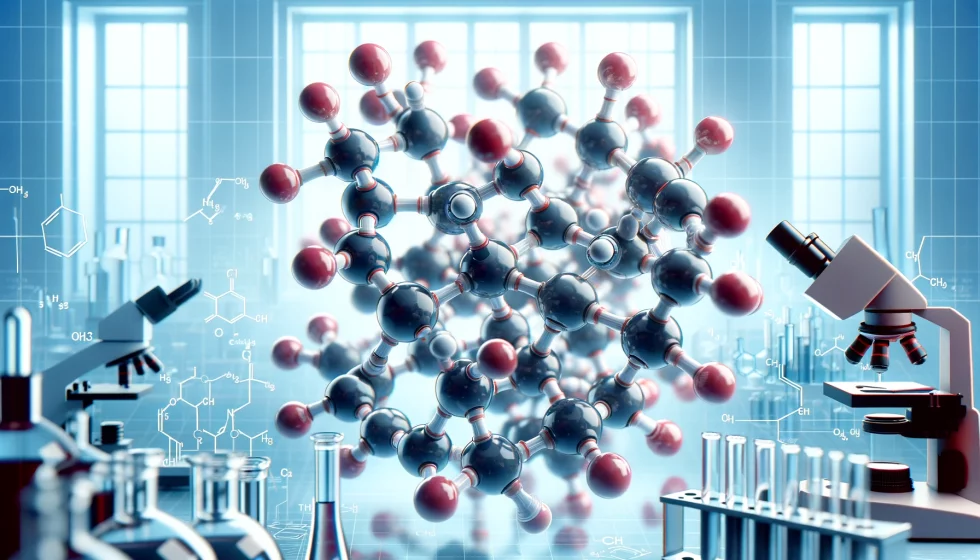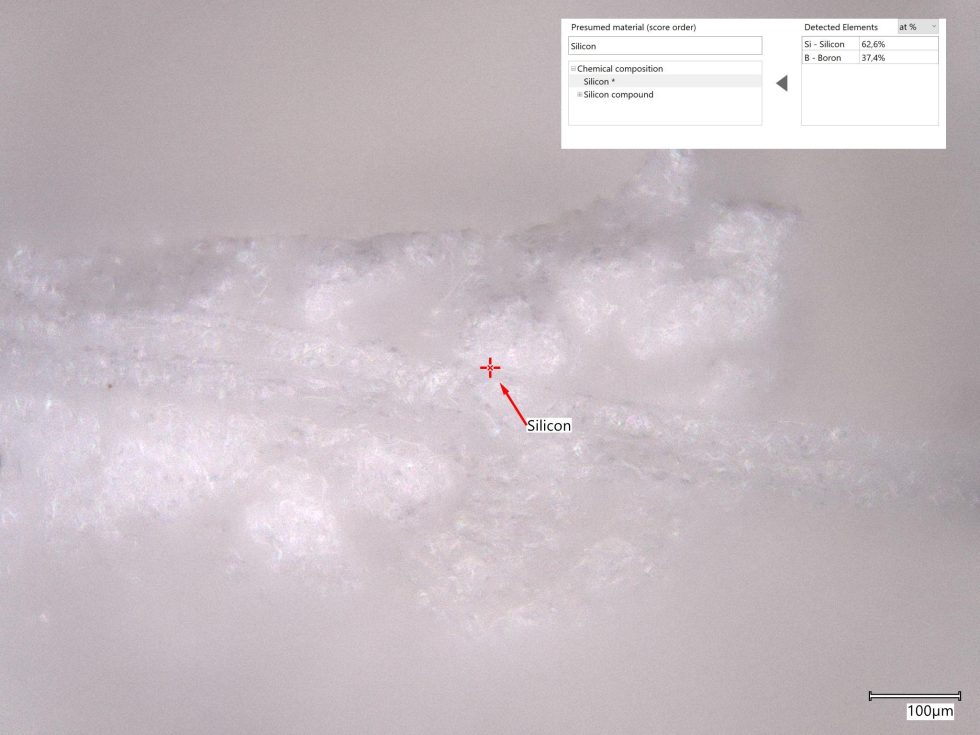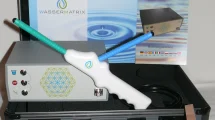Unfortunately, I can’t spare you a little dry theory, but it’s important for a better understanding of the subject. The design and optimization of thermally conductive pastes for applications in electronics cooling or other heat-intensive processes is an ongoing field of research and development. Of course, a strict distinction must be made between genuine research by the actual manufacturers of the pastes or the basic materials and the marketing of most suppliers, because the one is based on cost-intensive further developments, while the other only becomes cost-intensive for the end customer if they ultimately have to pay for the gold-plated words.
A decisive factor for the effectiveness of these pastes is, of course, their ability to conduct heat efficiently from a source to a so-called sink. The basis of the pastes most commonly used in PC technology consists of silicone, which is modified with various fillers to achieve the desired thermal, mechanical and rheological properties. By modifying the side chains in the silicone polymer, specific properties such as viscosity and the stability of the mixture can be influenced, which in turn optimizes the performance of the thermal paste. And we’re not even talking about the mysterious additives! Now you’ll find out why I always write about the mysterious side chains as a control factor for the most important properties of the pastes and usability in many articles.

Basics of silicone chemistry for thermal pastes
Silicone polymers, also known as polysiloxanes, are characterized by their special silicon-oxygen backbone structure. They are polymers that consist of a repeating unit that alternates silicon and oxygen atoms. The general chemical formula for this repeating unit in silicones is -Si-O–Si-O-. The flexibility of these S-O bonds gives silicones their characteristic elastic and thermally stable properties. The organic groups bound to the silicon have a significant influence on the physical and chemical properties of the polymer. By modifying these side chains, the interaction between the polymer chains and thus the overall behavior of the material can be changed. Each silicon atom is usually connected to two organic groups (e.g. methyl groups, -CH3). Is this all too chemical for you now? Don’t worry, I’ll spare you the rest, but of course we’ll take a quick look at the side chains.
Changing the side chains in silicone polymers offers a promising approach to optimizing the properties of heat-conducting pastes. By adjusting the viscosity and improving the mixing stability, these materials can be tailored for a wide range of applications. The challenge is to find the right balance between the different properties to achieve the best possible performance. Advances in the chemistry of silicone polymers and material processing techniques will continue to drive the development of thermal pastes that meet the increasing demands.
This includes the targeted selection of polymers with higher chemical and thermal stability. Controlling the mixing and curing processes can help to improve homogeneity and bonding forces within the matrix, reducing the risks of bleeding and dissolution.
Modification of viscosity by side chains
The viscosity of a thermal compound is critical to its applicability and performance. Too high a viscosity makes application difficult and too low a viscosity can lead to insufficient coverage. By introducing side chains with different lengths and branching, the mobility of the silicone molecules can be influenced. Long, unbranched side chains can lead to an increase in viscosity as they increase the interaction between the chains. Branched side chains, on the other hand, can reduce the viscosity by reducing the packing density of the molecules and thus increasing their mobility.
Stabilization of the mixture
The homogeneity and stability of the mixture of silicone and fillers is essential for the long-term performance of the thermal compound. Fillers such as silver, aluminum oxide or boron nitride are often used to improve thermal conductivity. The compatibility between these fillers and the silicone matrix material is crucial to avoid segregation or sedimentation. By adjusting the side chains of the silicone, the polarity or chemical affinity to the fillers can be changed, promoting better dispersion and bonding between matrix and fillers. Functional groups that can interact specifically with the fillers, such as amino groups or carboxyl groups, can be introduced into the side chains to improve the stability of the mixture.
Practical implementation
The practical implementation of these chemical modifications requires careful selection and synthesis of the modified silicone polymers. The synthesis can be carried out by various organic reactions in which the corresponding functional groups are introduced into the silicone chain. The modified silicone is then combined with the selected fillers in a carefully controlled mixing process to produce a homogeneous thermal compound.

Special features of thermal pads and chemical modifications
The choice of polymer material for the matrix of a thermal pad influences its thermal conductivity, mechanical flexibility, chemical resistance and processability. Common polymers for pads include
- Silicones:
Provide excellent thermal stability and chemical resistance. Their flexibility allows them to adapt well to uneven surfaces, which reduces thermal contact resistance. - Acrylates:
Are characterized by good UV resistance and a lower cost structure. However, they are less thermally stable than silicones. - Polyurethanes:
Offer good mechanical strength and flexibility, but are more sensitive to moisture and higher temperatures. - Epoxy resins:
Are known for their high mechanical strength and adhesion, but exhibit less flexibility.
To further improve the properties of thermal pads, chemical modifications can be made to the polymer matrix. These include
- Cross-linking:
Chemical or physical cross-linking processes can be used to transform polymers into a three-dimensional structure, which improves their thermal and mechanical stability. - Plasticization:
The addition of plasticizers can increase the flexibility and processability of hard polymers, which improves their adaptability to surfaces. - Functionalization:
The introduction of functional groups into the polymer can improve its interaction with fillers, resulting in increased thermal conductivity. - Hybridization:
The combination of different polymers or the creation of copolymers can lead to an optimization of the property balance by combining the advantages of individual polymers.
The targeted selection and chemical modification of polymers enables the properties of thermal pads to be finely tuned:
- Thermal conductivity:
Adjusting the polymer matrix can optimize the distribution and bonding of fillers, resulting in improved heat transfer. - Mechanical properties:
Flexibility, compressibility and mechanical strength can be adapted to specific application requirements. - Chemical and thermal resistance:
Resistance to environmental influences and operating temperatures can be improved by selecting specific polymers and their modifications.
Controlling the viscosity of the matrix in detail
The viscosity of silicone oils can be controlled and changed using various methods. Silicone oils, which are silicone polymers, are known for their thermal stability and their wide range of viscosities. I want to go into more detail now, because this is a very important factor that also contributes significantly to optimizing a paste for a specific application, such as CPU and GPU cooling in a PC. It is important to note that the specific method for adjusting the viscosity of silicone oil depends on the requirements of the particular application. When selecting a method, the required properties of the end product, environmental conditions, processing methods and cost factors should be considered.
- By increasing the degree of polymerization, i.e. lengthening the silicone chains, the viscosity of the oil can be increased. Longer chains increase the interactions between the molecules, which leads to a higher viscosity. Conversely, reducing the chain length leads to a lower viscosity.
- As with most liquids, the viscosity of silicone oil decreases with increasing temperature. Heating can therefore be used to temporarily reduce the viscosity. On cooling, the viscosity increases. However, this effect is reversible and returns when the oil is brought back to its original temperature.
- There are special additives (thickeners) that can be used to increase the viscosity of silicone oil. These can be fillers or other polymeric thickeners. However, it is important that the thickener is compatible with the silicone oil in order to achieve the desired properties and not cause any undesirable reactions.
- A desired viscosity can be achieved by mixing silicone oils of different viscosities in specific ratios. It is extremely important to ensure a uniform mixture in order to obtain consistent properties throughout the product.
- Viscosity can be influenced by introducing different functional groups or side chains into the silicone structure. Minor cross-linking can also lead to an increase in viscosity without turning the oil into a solid material.
- In some cases, pressure can affect the viscosity of silicone oil, although this effect is usually less pronounced than with temperature changes.
- 1 - The three big P's - introduction to pastes, pads and putty
- 2 - The purpose of thermal pastes
- 3 - The big debate between cheap and expensive
- 4 - The matrix as the basis for all pastes and pads
- 5 - Silicone-based pastes: optimization, durability, decomposition
- 6 - Thermally conductive fillers are important
- 7 - How the degree of grinding influences performance
- 8 - Silicone modification for low temperatures and LN2 overclocking
- 9 - The paste production process and possible hurdles
- 10 - Special case liquid metal (LM)
- 11 - Special case of graphite pads and phase changers
- 12 - Temperature window, expansion behavior, application
- 13 - Ageing and decomposition of pastes and pads
- 14 - Manufacturer vs. bottler, misleading marketing and conclusion

































216 Antworten
Kommentar
Lade neue Kommentare
Veteran
1
Veteran
Urgestein
Mitglied
Urgestein
1
Urgestein
Urgestein
Mitglied
Urgestein
1
Mitglied
Urgestein
1
Urgestein
1
Veteran
Alle Kommentare lesen unter igor´sLAB Community →